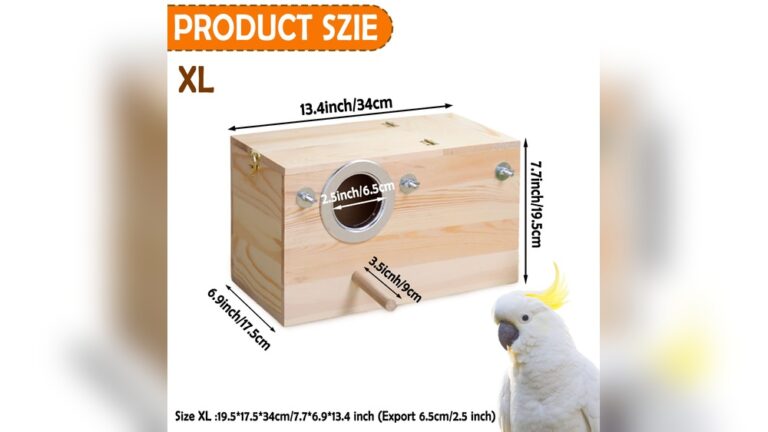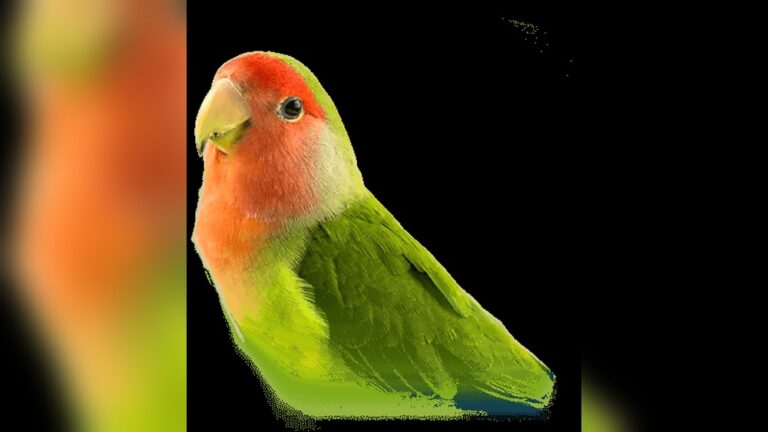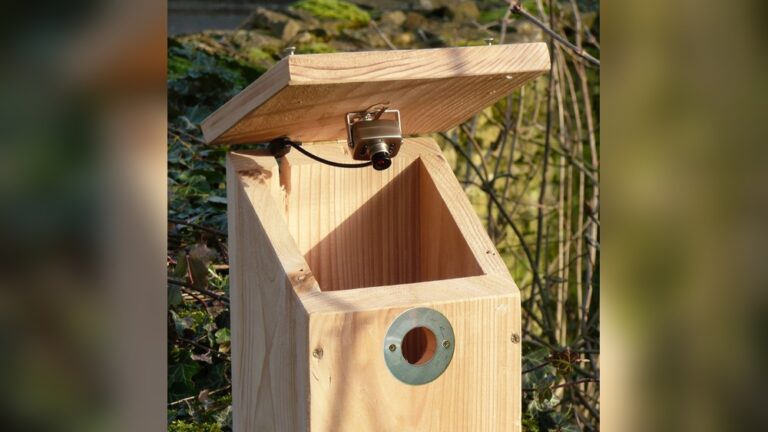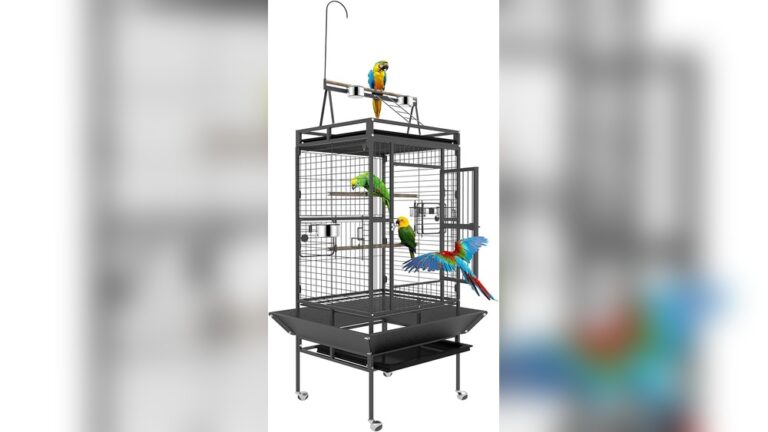Creative Bird Photography With Smartphone And Dslr
Have you ever wanted to capture the beauty of birds with your camera but felt limited by your gear? Whether you have a smartphone or a DSLR, you can create stunning bird photos that stand out.
This article will show you simple tips and tricks to take your bird photography to the next level. Imagine turning everyday moments into breathtaking shots that make people stop and admire your work. Ready to unlock your creative potential and see birds in a whole new way?
Keep reading, and let’s get started!
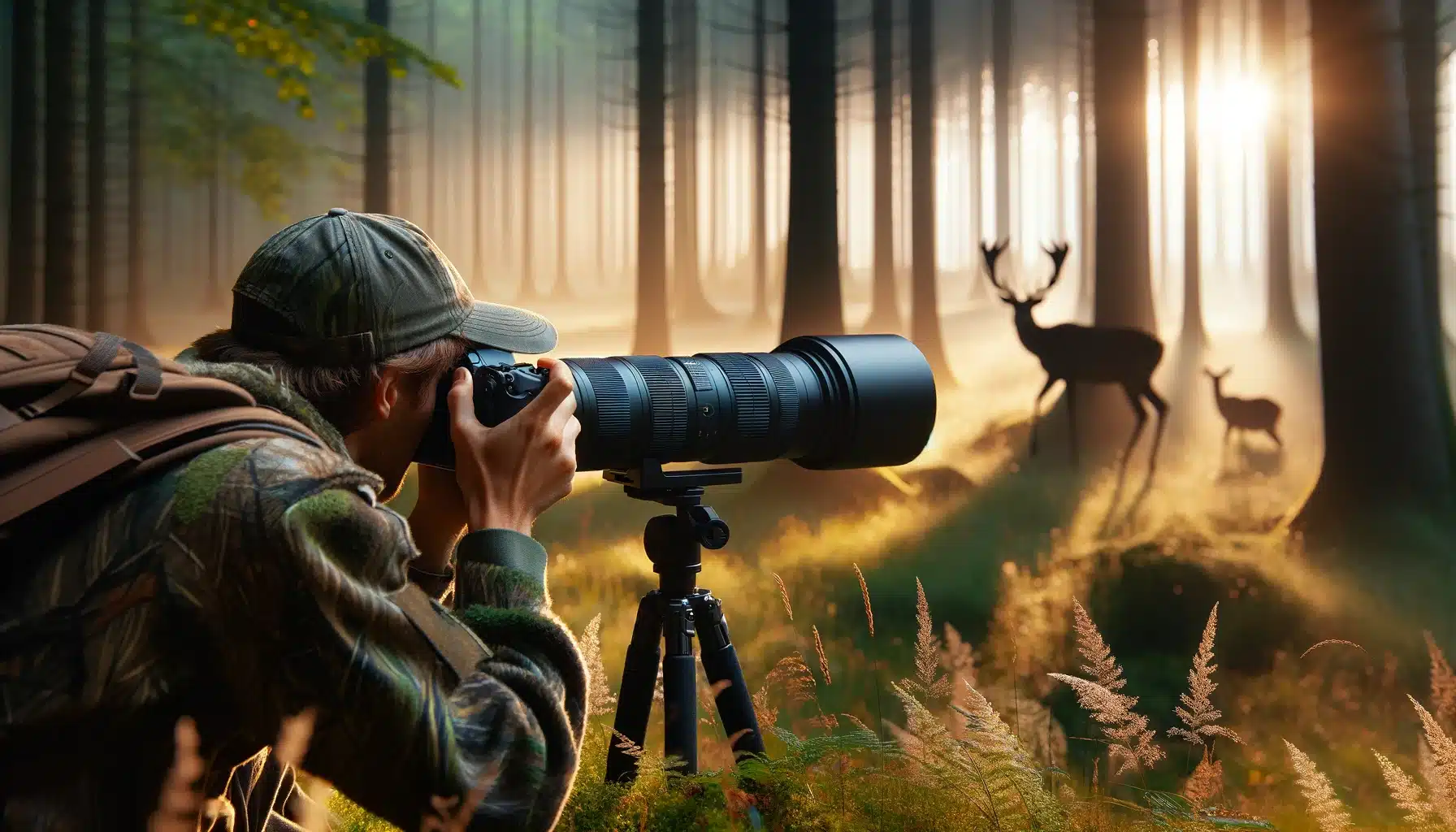
Credit: lightroom-photoshop-tutorials.com
Choosing The Right Gear
Choosing the right gear is key for creative bird photography. The tools you pick affect your photos’ quality and ease of shooting. Different gear suits different styles and budgets. Knowing the strengths of each option helps you capture stunning bird images.
Both smartphones and DSLRs have unique features. Accessories also play a big role in improving your shots. Let’s explore these important choices.
Smartphone Vs Dslr
Smartphones are easy to carry and always ready. They have good cameras with smart software. You can quickly share photos on social media. But smartphones have limits in zoom and image quality.
DSLRs offer better zoom and sharper images. They work well in low light and fast action. Changing lenses gives more creative control. DSLRs are bigger and heavier to carry. They need more knowledge to use properly.
Choose a smartphone if you want simple, quick shots. Pick a DSLR for professional-looking photos and flexibility.
Essential Accessories
Tripods help keep your camera steady. They reduce blur and improve sharpness. For smartphones, use phone holders or clamps for stability.
Extra lenses boost your zoom and quality. Telephoto lenses capture birds from far away. Macro lenses show small details on feathers.
Remote shutters let you take photos without touching the camera. This avoids shaking the camera during a shot.
Carry spare batteries and memory cards. Birds don’t wait for you to change them.
Mastering Camera Settings
Understanding your camera settings is key to capturing great bird photos. Both smartphones and DSLRs have tools that help you take clear, sharp pictures. Learning to use these tools well improves your photos a lot.
Optimizing Smartphone Settings
Smartphones have simple settings to help capture birds better. Start by turning on the grid. It helps keep your shots balanced. Use the HDR mode to get more details in bright and dark areas. Set the focus by tapping on the bird on your screen. This keeps the bird sharp and clear. Try to lock the focus so it does not change if the bird moves. Adjust the exposure by sliding your finger up or down. This controls the light in the photo. Use burst mode to take many shots fast. It helps catch the bird in action.
Dslr Manual Controls
DSLRs give more control over your pictures. Set your camera to manual mode for full control. Choose a fast shutter speed. It freezes the bird’s movement. Use a wide aperture to blur the background and make the bird stand out. Adjust the ISO to control the camera’s sensitivity to light. Keep it low to avoid grainy photos. Use the camera’s metering mode to measure light well. Spot metering works great for birds. It focuses on the bird, not the background.
Focus And Exposure Tips
Focus is very important in bird photography. Use continuous autofocus to keep the bird sharp as it moves. Select the right autofocus points to target the bird’s eye. Exposure controls the brightness of your photo. Use exposure compensation to make the bird brighter or darker without changing other settings. Check your photos often. Adjust focus and exposure if needed. Practice helps you get better and faster at setting focus and exposure.
Finding And Approaching Birds
Finding and approaching birds is key to great bird photography. Birds are often shy and quick to fly away. Patience and careful planning help you get closer. Understanding bird behavior and habitat improves your chances of capturing stunning shots. Both smartphones and DSLRs benefit from good preparation. Here are some tips for finding and approaching birds effectively.
Best Locations And Times
Birds gather in places with food and shelter. Parks, wetlands, and forests are good spots. Early morning and late afternoon offer soft light and active birds. These times also have less human disturbance. Visit local bird reserves or nature trails for variety. Observe quietly and wait for birds to appear. Use binoculars to scan far areas before moving closer.
Stealth Techniques
Move slowly and avoid sudden motions. Wear clothes that blend with the environment. Stay low and use natural cover like bushes or trees. Avoid bright colors and strong smells. Pause often to let birds get used to your presence. Use a tripod or steady hand to reduce noise. Silent steps and soft voices keep birds calm and curious.
Using Bird Calls
Bird calls attract specific species. Learn common calls for your area. Play calls softly and briefly to avoid stressing birds. Some apps can help with bird sounds. Use calls only to invite birds closer, not to disturb. Watch their reaction and stop if they seem scared. Calls increase chances of unique photos with interesting behavior.
Creative Composition Techniques
Creative composition techniques help make bird photos more interesting and beautiful. Using these ideas can turn simple shots into stunning images. Both smartphones and DSLRs can capture amazing bird photos with the right composition. These tips focus on arranging elements in your photo to catch the viewer’s eye.
Try these methods to create unique and lively bird images. They work well whether you are a beginner or have some experience with photography.
Rule Of Thirds And Framing
Divide your screen into nine equal parts by two vertical and two horizontal lines. Place the bird on one of the lines or at their crossing points. This makes the photo look balanced and natural. Avoid putting the bird in the center all the time. Use trees, branches, or leaves to frame the bird. Framing adds depth and focuses attention on the bird.
Capturing Action Shots
Birds often move fast. Capture wings in motion or birds catching food. Use a fast shutter speed on a DSLR to freeze action. Smartphones with burst mode can snap many photos quickly. Pick the sharpest image later. Action shots show life and energy. They tell a story in a single picture.
Playing With Light And Shadows
Light changes the mood of your photo. Early morning or late afternoon light is soft and warm. It highlights feathers and colors beautifully. Shadows create contrast and add drama. Use backlight to make feathers glow. Avoid harsh midday sun that causes strong shadows and overexposure. Experiment with light angles to find what looks best.
Post-processing Tips
Post-processing is a key part of bird photography. It helps bring out details and colors that may not be clear in the original shot. Both smartphones and DSLR photos benefit from editing. Simple changes can make your bird images look more vibrant and sharp. Let’s explore some easy post-processing tips for creative bird photography.
Editing On Smartphones
Smartphone apps make editing fast and simple. Use apps like Snapseed or Lightroom Mobile for basic fixes. Adjust brightness and contrast to make birds stand out. Use the sharpening tool to highlight feathers and eyes. Avoid heavy filters that hide natural colors. Small tweaks improve your photo without losing realism.
Dslr Photo Enhancements
DSLR photos offer more editing power. Use software like Adobe Lightroom or Photoshop. Start by adjusting exposure to balance light and shadows. Use noise reduction to clean up grainy areas. Enhance details in feathers with clarity and texture tools. Crop to focus on the bird and remove distractions. These steps improve image quality significantly.
Color Correction And Cropping
Correct colors for a natural look. Adjust white balance to fix color tones. Enhance saturation slightly to boost bird colors without overdoing it. Cropping frames your subject better. Remove empty space or distracting elements. Focus on the bird’s eye or interesting details. Proper color and crop choices create stronger photos.
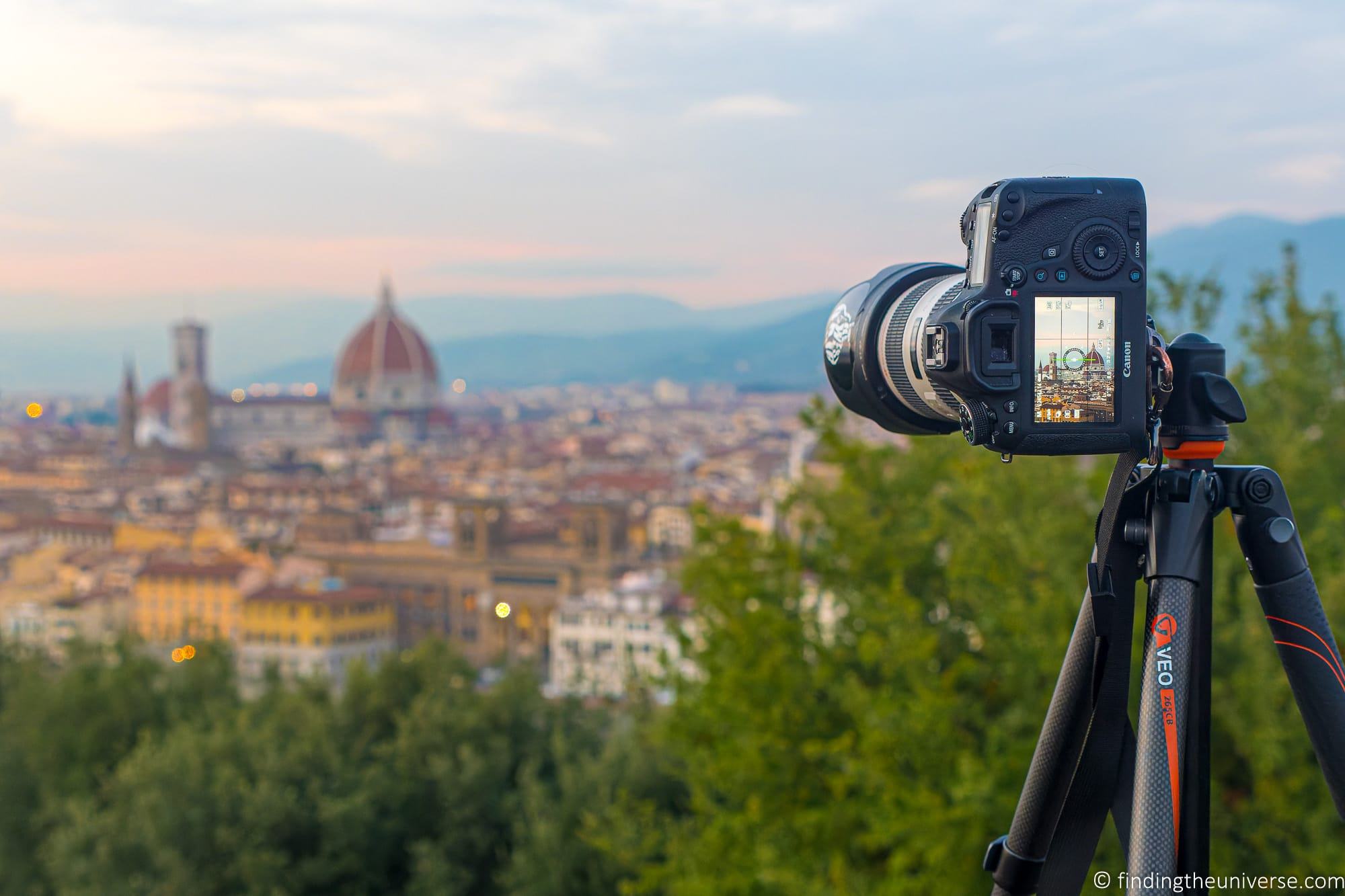
Credit: www.findingtheuniverse.com
Sharing And Showcasing Your Work
Sharing your bird photography helps you connect with others who love nature. It shows your hard work and creativity. Displaying your photos can inspire and get valuable feedback. Choose the best ways to share your images and reach a wider audience.
Social Media Strategies
Post your bird photos regularly on social media platforms. Use clear, simple captions to describe each photo. Join groups or pages focused on bird watching or photography. Engage with followers by replying to comments and questions. Tag locations to attract local bird lovers. Use consistent hashtags to increase visibility.
Creating Photo Books
Compile your best bird photos into a printed photo book. Arrange pictures by season, location, or bird type. Add short descriptions or stories to each image. Photo books make great gifts and keepsakes. Share digital versions online to reach friends and family. A physical book shows your passion and effort clearly.
Entering Photography Contests
Find local or online bird photography contests to join. Read the rules carefully before submitting your photos. Contests offer feedback and help improve your skills. Winning or placing can boost your confidence and exposure. Keep a portfolio ready to enter different contests. Take part often to learn and grow as a photographer.
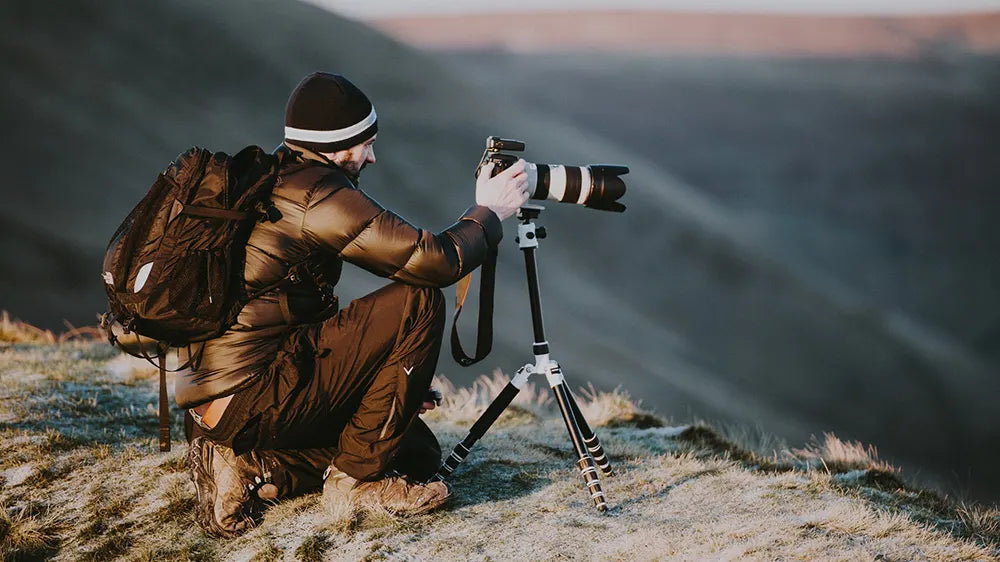
Credit: canvasprints.com
How Smart Pets Lover Can Help You with Creative Bird Photography With Smartphone And Dslr
Bringing Creative Bird Photography to Life Through Hands-On Practice
Understanding the essentials like choosing the right gear and mastering camera settings is just the beginning of your bird photography journey. To truly capture those magical moments, practical experience is key. Try spending time in local parks or your backyard, experimenting with different compositions and lighting conditions. This hands-on approach helps you apply creative composition techniques while learning how to approach birds without startling them.
Remember, whether you’re using a smartphone or a DSLR, patience and observation are your best allies. At Smart Pets Lover, we believe every chirp tells a story, and practicing post-processing can help you enhance those stories, bringing out the vibrant colors and delicate details that make each shot unique.
- Set small, achievable goals like focusing on bird behavior or background simplicity.
- Keep a photography journal to track what works and what doesn’t.
- Join local bird-watching groups or online forums for feedback and inspiration.
If you want to dive deeper, feel free to reach out to our team at [email protected] for more tips and guidance. With consistent practice, your photos will reflect the heartfelt connection you share with nature’s feathered friends.
Frequently Asked Questions
What Are The Best Smartphone Settings For Bird Photography?
Use HDR mode and enable grid lines for better composition. Zoom in carefully to avoid pixelation. Adjust exposure manually to capture bird details clearly. Use burst mode to capture fast movements. These settings enhance image quality for creative bird shots.
How To Choose Between Dslr And Smartphone For Bird Photos?
DSLRs offer superior zoom and image quality, ideal for distant birds. Smartphones are more portable and convenient for casual photography. Consider your skill level and shooting environment. Both can produce creative photos with the right techniques and patience.
What Techniques Improve Bird Photos With A Smartphone?
Use natural light and avoid digital zoom to maintain clarity. Tap focus on the bird for sharp images. Capture multiple shots in burst mode to catch action. Edit photos with apps to enhance colors and details creatively.
How To Set Dslr For Sharp Bird Photography?
Use a fast shutter speed (1/1000s or faster) to freeze motion. Select continuous autofocus to track moving birds. Use a telephoto lens for close-up shots. Set ISO to balance brightness without noise. These settings ensure clear, sharp bird images.
Conclusion
Bird photography can be fun with both smartphone and DSLR. Each device offers unique benefits to explore. Practice helps improve your skills over time. Patience and observation reveal the best bird moments. Try different angles and lighting for creative shots.
Enjoy capturing nature’s beauty close to home or far away. Keep your camera ready and stay curious. Small steps lead to better photos. Happy shooting!

